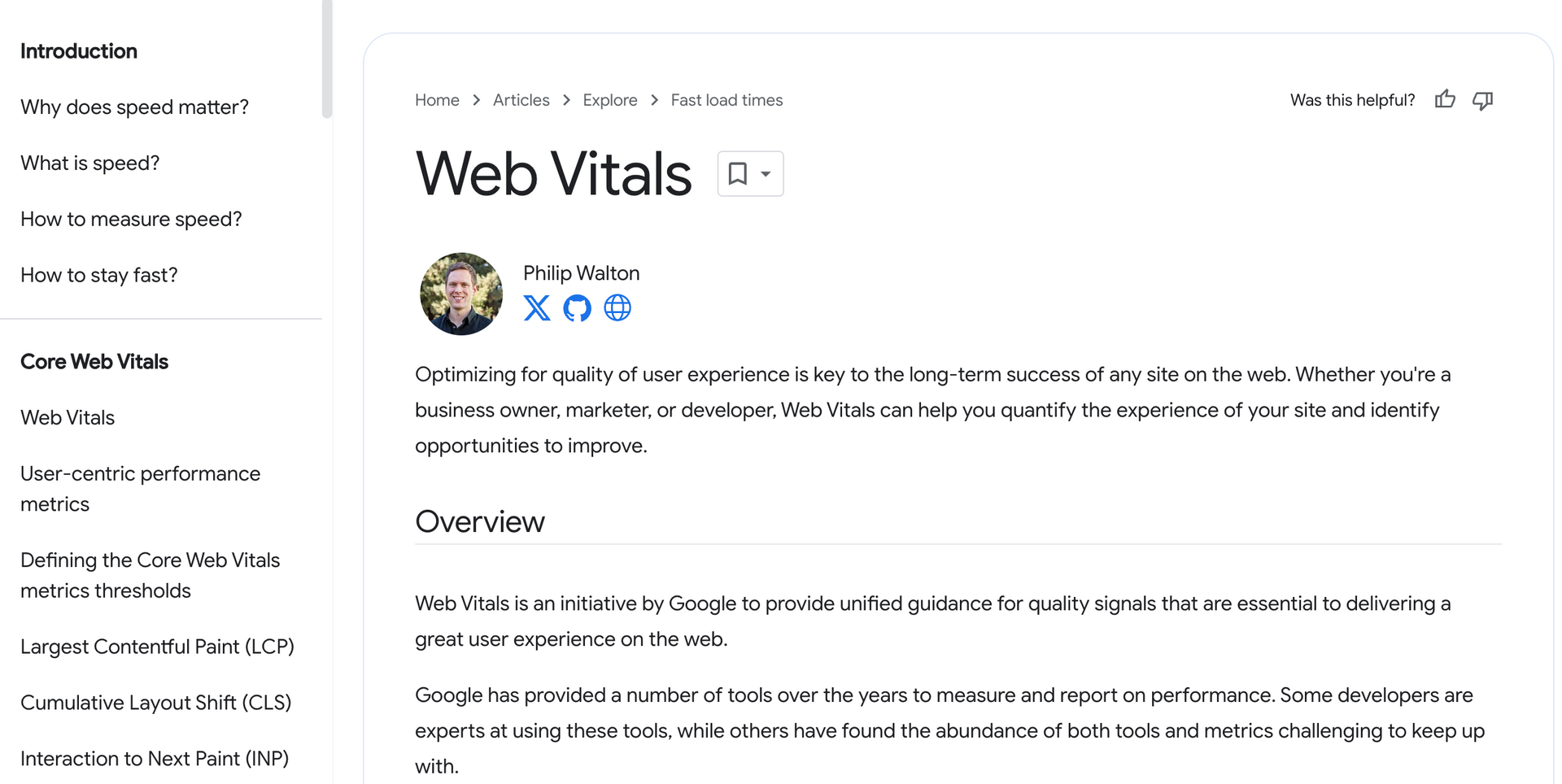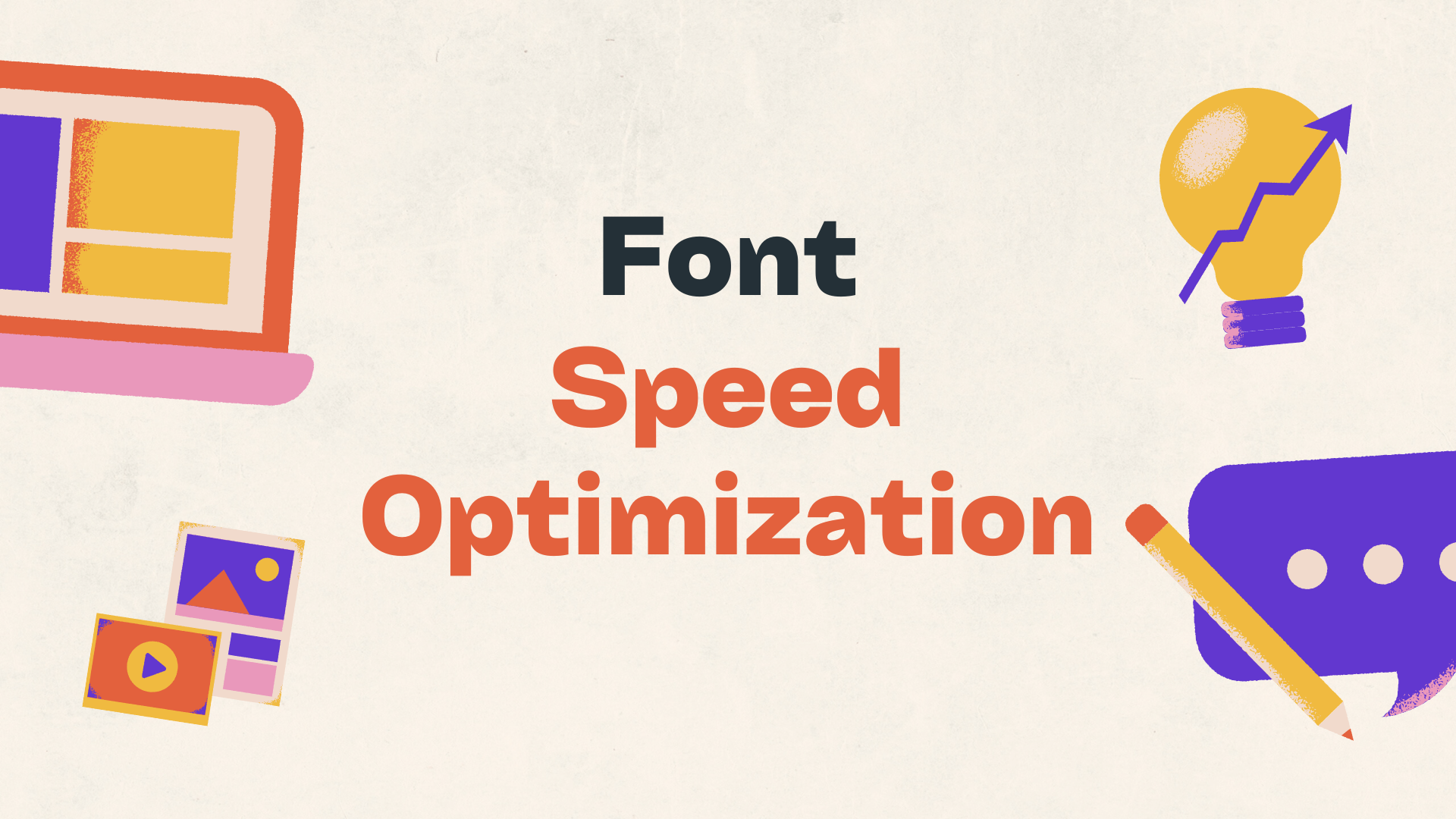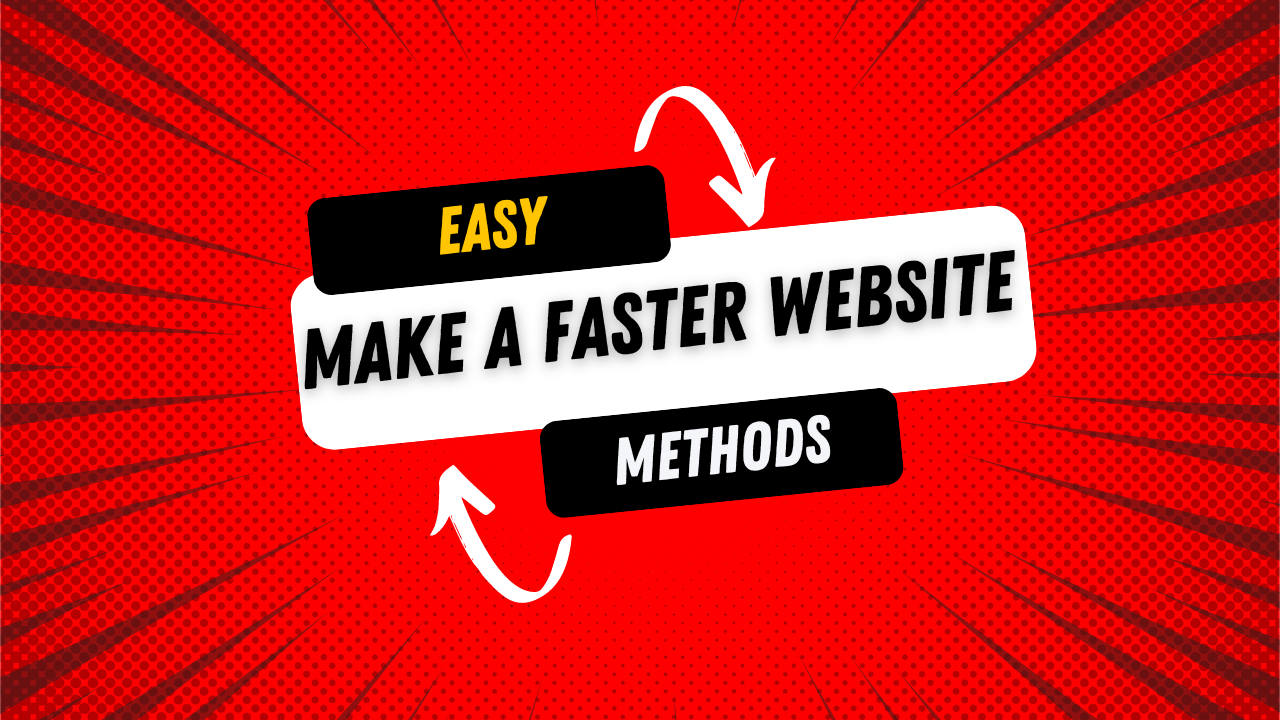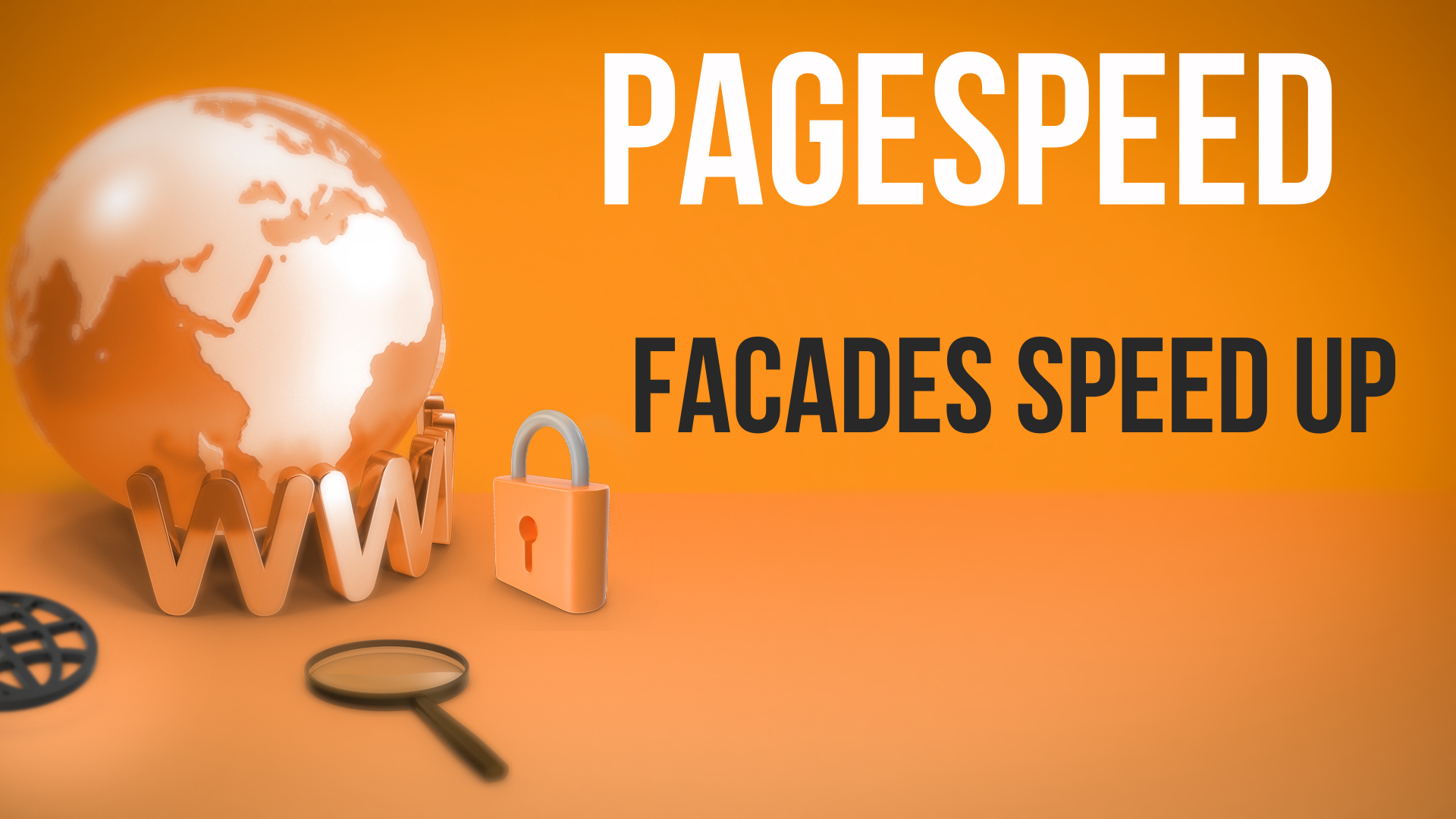This article is here to explain to you what Google's Core Web Vitals is, especially for non technical people so you can understand the concept.
What is Core Web Vitals?
Google has released a standard and a way to measure/quantify your website's user experience. They focus on 3 major web vitals related to Loading/Speed, Interactivity and Visual Stability. There are many metrics for measuring your web vitals and in particular, there are 3 Core Web Vitals.
Why Care?
- Your brand / website should always want to provide the best experience, so that there is no friction between your brand and your visitor/customer.
- Faster websites convert better. Meaning, more people buy from you, more read your content and more work with you.
- It helps with SEO rankings as Google has mentioned that page speed is a ranking factor.
Largest Contentful Paint (LCP)
This is the main metric to measure the time it takes to load the majority of the page. It measures the largest part of the visible page (before you scroll down). Usually its the largest banner or video on the page. When a user sees this, the page feels that its fully loaded and ready to consume.
* Google considers a fast loading of LCP if loaded in under 2.5 seconds.
Interaction to Next Paint (INP)
Aside from loading of page, pages have user interactions that also take time to load. For example, a form filled out, an opening of a menu, an add to cart, registration and a search on your page or map are all interactions. These interactions should be fast and smooth.
* Google considers a fast loading of INP if loaded in under 0.2 seconds.
Cumulative Layout Shift (CLS)
CLS measures visual stability. This is the measurement of how smooth and non shaky your pages are. For example, if your page loads slowly and once a banner or video loads, it pushes down other elements, the page is considered non visually stable. A popup is another example that disorientates a user. You will want to have a stable website just like you want to drive smoothly instead of swinging the steering wheel from side to side abruptly.
* Google considers a good CLS of a score of 0.1 or better.
Testing Page Speed Experience
In order to test and monitor your page experience, you will want to use the Google PageSpeed Insights tool and test out each major page on your site.
This tool gives you a score of up to 100 for both desktop and mobile and give you visuals, data and recommendations on how to improve your score and web user experience.
In addition, in your Google Search Console, you will be able to see reports for Page experience and core web vitals.






